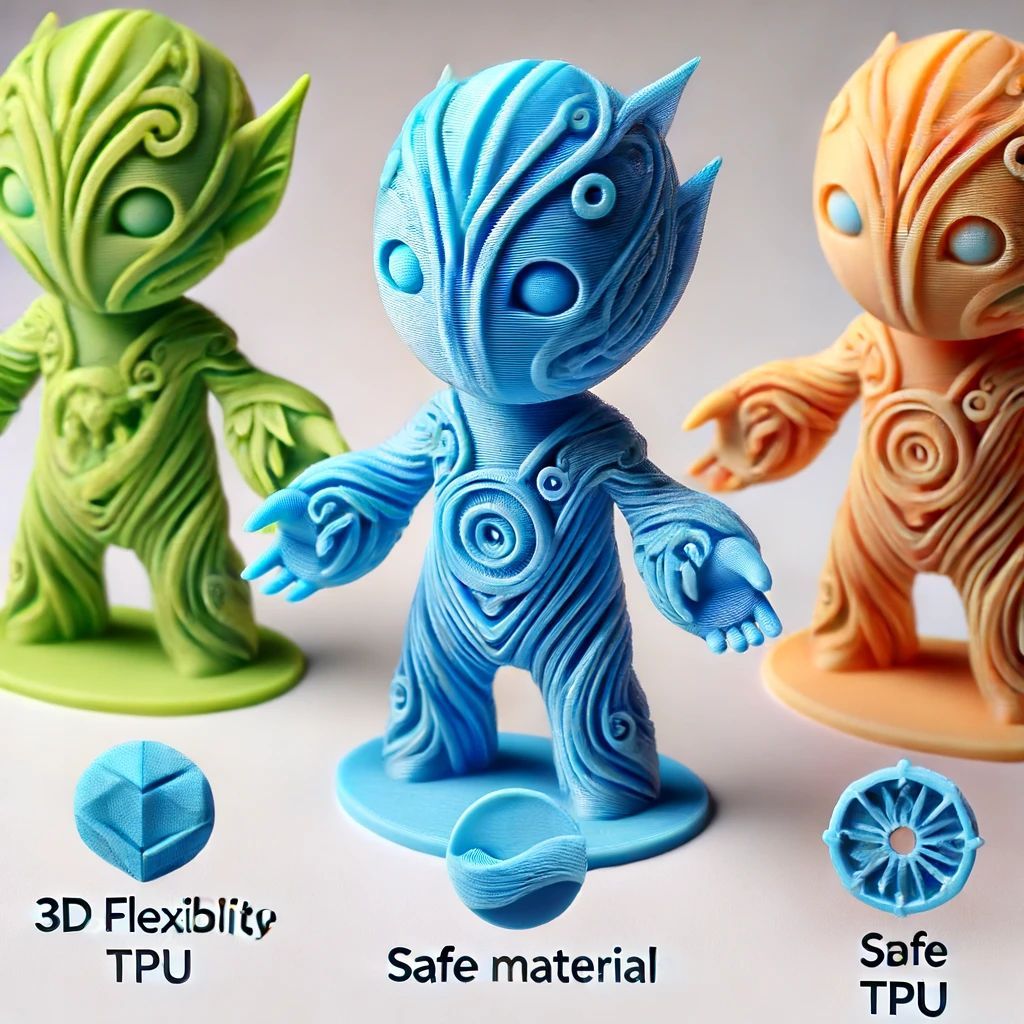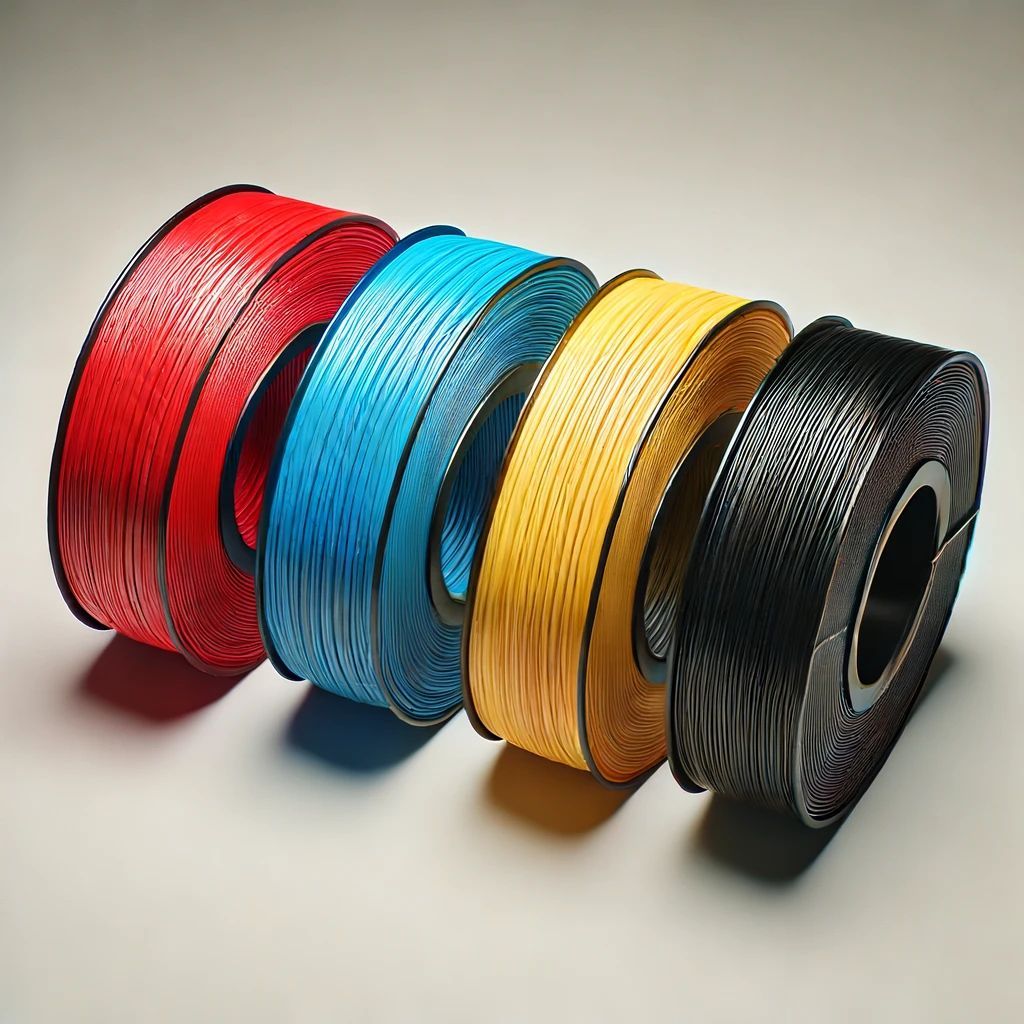What are the benefits of using 3D printing in product design?
Exploring the Remarkable Benefits of 3D Printing in Product Design

The advent of 3D printing has revolutionized various industries, particularly product design. This groundbreaking technology has empowered designers to bring their ideas to life in ways that were once unimaginable. By using 3D printing, designers can rapidly prototype, iterate, and refine their concepts, resulting in improved products and streamlined development processes.
In this article, we will delve into the numerous benefits of integrating 3D printing into product design. From enhanced creativity and cost-effectiveness to accelerated production timelines and reduced waste, the advantages are plentiful. Join us as we explore the transformative potential of 3D printing and discover how this cutting-edge technology can reshape the future of product design.
Enhanced Design Creativity
3D printing offers unparalleled creative freedom to designers, enabling them to push the boundaries of traditional manufacturing. With conventional methods, designers are often constrained by manufacturing limitations and costly tooling expenses.
However, 3D printing eliminates these restrictions, allowing designers to bring even the most complex and intricate designs to life. Whether it's creating organic shapes, intricate geometries, or lightweight structures, 3D printing provides a versatile canvas for unlimited creativity.
Furthermore, the ability to rapidly prototype designs facilitates an iterative design process.
Designers can quickly create and test multiple iterations of their products, refining and improving them along the way.
This iterative approach encourages innovation and promotes out-of-the-box thinking, ultimately leading to the development of better products.
Accelerated Product Development
Traditional manufacturing processes often involve lengthy lead times, as they require the creation of molds, tooling, and other production components. This can significantly slow down the product development cycle.
In contrast, 3D printing allows for rapid prototyping and quick iteration, accelerating the entire product development timeline.
By employing 3D printing, designers can transform digital designs into physical prototypes within hours or days. This speed enables faster evaluation, feedback, and refinement of the product's form, fit, and functionality.
It also facilitates efficient collaboration between designers, engineers, and stakeholders, as they can visualize and discuss tangible prototypes early in the development process.
Moreover, the ability to directly print functional prototypes reduces the need for intermediate steps and assembly.
This streamlines the development process, minimizes errors, and decreases the time required for design verification.
By identifying and addressing design flaws earlier, 3D printing helps mitigate costly revisions during later stages of production.

Cost-Effectiveness
In traditional manufacturing, creating specialized molds, tools, and fixtures can be expensive, particularly for low-volume production or custom-designed products. Conversely, 3D printing eliminates the need for these costly components, significantly reducing upfront expenses.
Designers can create prototypes and functional parts directly from digital files, bypassing expensive tooling and manufacturing setups.
Furthermore, 3D printing enables on-demand production, reducing inventory costs and eliminating the risk of overstocking or obsolete inventory.
This additive manufacturing approach allows for cost-effective production of small batch sizes, catering to niche markets or personalized products without incurring excessive costs.
Additionally, the ability to consolidate multiple components into a single 3D-printed part can lead to cost savings.
By integrating complex features or assemblies into a single print, designers can reduce assembly time and part count, resulting in simplified supply chains and lower production costs.
Waste Reduction and Sustainability
Traditional manufacturing processes often generate significant waste, with excess material and rejected components ending up in landfills. In contrast, 3D printing is an additive manufacturing process that only uses the necessary amount of material to build the desired object.
This reduces material waste and minimizes environmental impact.
Moreover, 3D printing enables the use of sustainable materials, such as biodegradable plastics or recycled filaments, further contributing to environmental conservation.
The ability to optimize designs and reduce material usage also aligns with the principles of a circular economy, where resources are used efficiently and waste is minimized.
By implementing 3D printing, companies can also reduce transportation-related emissions and energy consumption.
Localized production, made possible by 3D printing, allows for shorter supply chains and eliminates the need for long-distance shipping of manufactured goods.
Conclusion
In conclusion, the benefits of using 3D printing in product design are far-reaching and transformative. From enhanced design creativity and accelerated product development to cost-effectiveness and waste reduction, this technology offers immense advantages for designers and manufacturers.
By leveraging 3D printing, businesses can bring innovative products to market faster, while minimizing costs and environmental impact. Embracing this revolutionary technology is essential for staying competitive in today's fast-paced design landscape.
So, let us embrace the endless possibilities of 3D printing and unlock a new era of product design.
Ready to embrace the power of 3D printing in your product design process? Start by exploring the available 3D printing technologies and materials.
Invest in the necessary equipment or partner with reliable 3D printing service providers.
Unlock your creative potential, accelerate development, and revolutionize your products with 3D printing today.












